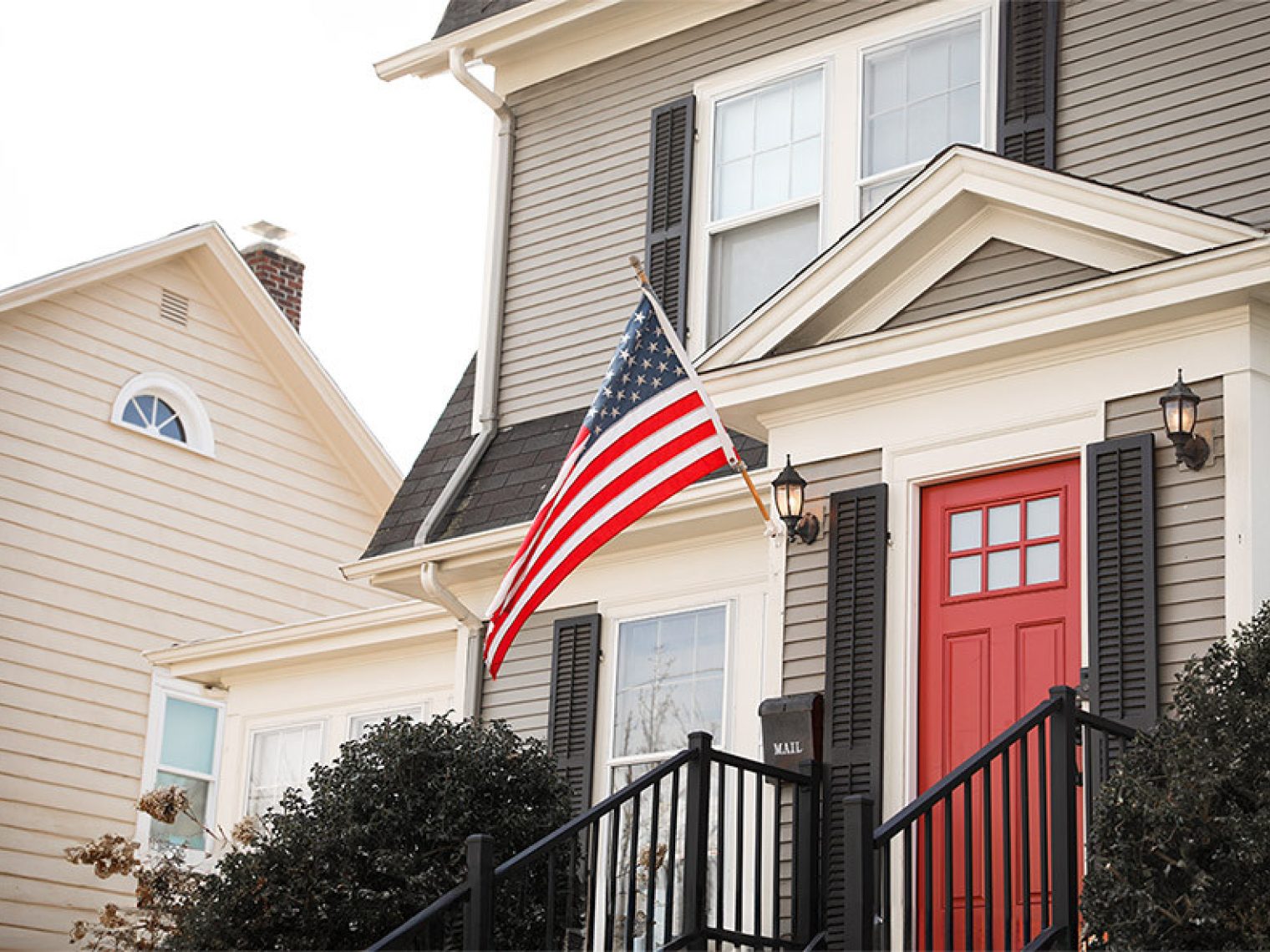Growing inventory and hesitant buyers slow home price gains despite lower mortgage rates and strong new home sales.
Home price growth nearly stalled in March, reflecting cautious buyer behavior despite declining mortgage rates and growing inventory levels.
Home values increased just 0.2% month-over-month, marking the slowest pace since December 2022, according to reports from Zillow and Redfin. Zillow also noted this minimal monthly growth was the weakest recorded for March since at least 2018.
The slowing price momentum came despite mortgage rates dipping slightly lower. Zillow reported average mortgage rates at 6.65% in March 2025, a modest decrease from 6.82% the previous year.
Despite these favorable conditions, new home sales barely budged. Zillow data showed newly pending sales virtually flat compared to last year, with approximately 265,000 homes entering contract, significantly trailing the 375,000 new listings that hit the market.
The mismatch between strong seller activity and tepid buyer response has pushed total home inventory upward significantly. This rise in available homes has shifted the market slightly toward buyers, causing sellers to frequently reduce their asking prices to remain competitive.
Record Levels of Price Cuts
Amid climbing inventory and cooling buyer enthusiasm, sellers have increasingly turned to price reductions to attract interest. Zillow reported that 23.5% of homes listed experienced price cuts in March, the highest percentage for this month since the company began tracking the data in 2018.
The markets most impacted by price cuts include several Florida metro areas such as Miami and Jacksonville, as well as regions like Phoenix, according to Realtor.com.
Conversely, strong seller markets persisted in technology hubs like San Jose and San Francisco, where competition remains high despite the broader national trend.
New Home Sales Offer Bright Spot
In contrast to sluggish existing home sales, new home sales saw a noticeable uptick in March, providing some positive news for builders and the broader housing market.
According to the National Association of Home Builders (NAHB), sales of newly built single-family homes rose 7.4% in March to an annual pace of 724,000 units, marking a 6% increase compared to the previous year.
Additionally, new homes priced at more affordable levels showed particular strength. Sales of new homes under $300,000 jumped by 33% compared to March 2024, according to the NAHB, highlighting continued strong demand at lower price points despite broader affordability concerns.
Homes Linger on the Market
Another key trend emerging in March is the extended time homes are spending on the market. Realtor.com reported the median home spent 53 days listed for sale, an increase of three days compared to the previous year. This marked the 12th consecutive month of year-over-year increases in days on market.
Redfin data echoed this trend, showing homes under contract in March averaged 47 days on market, the longest duration since 2019.
Notably, Fort Lauderdale saw homes linger longest at 88 days, up 24 days from the previous year, according to Redfin. Markets like Miami and West Palm Beach also reported significant increases in days on market, indicating regional shifts toward more favorable conditions for buyers.
Regional Variations Highlight Complex Market Dynamics
The housing market showed considerable regional variation in March, with some markets thriving while others struggled. Realtor.com indicated substantial regional differences in inventory growth, with the West seeing inventory spike by 40.3% year-over-year, the South by 31.1%, the Midwest by 17.7%, and the Northeast trailing at 11.3%.
According to Redfin, price trends varied significantly among major metros. Markets like Cleveland, Nassau County, NY, and Newark, NJ experienced robust year-over-year price growth, while cities such as Jacksonville, San Francisco, and Austin saw notable declines due to elevated inventory levels and other local pressures like rising insurance costs.
Overall, the housing market in March highlighted a complex environment shaped by increasing inventory, cautious buyers, and varying regional conditions. While affordability challenges persist, declining mortgage rates and rising inventory levels provide opportunities for buyers who are prepared to negotiate amidst this changing landscape.
Related Posts
-
 2025 VA Disability Calculator with Pay ChartsVA disability pay for 2025 increased by 2.5%. New VA disability compensation rates took effect December 1, 2024. Below are the 2025 rates and a VA disability payment calculator to determine your disability compensation quickly.
2025 VA Disability Calculator with Pay ChartsVA disability pay for 2025 increased by 2.5%. New VA disability compensation rates took effect December 1, 2024. Below are the 2025 rates and a VA disability payment calculator to determine your disability compensation quickly. -
 Military Age Restrictions: How Old is Too Old to Serve?In general, the Defense Department restricts enlistment to those 35 and younger. Prior enlisted service members can subtract their previous years of service from their age in order to extend eligibility.
Military Age Restrictions: How Old is Too Old to Serve?In general, the Defense Department restricts enlistment to those 35 and younger. Prior enlisted service members can subtract their previous years of service from their age in order to extend eligibility.


